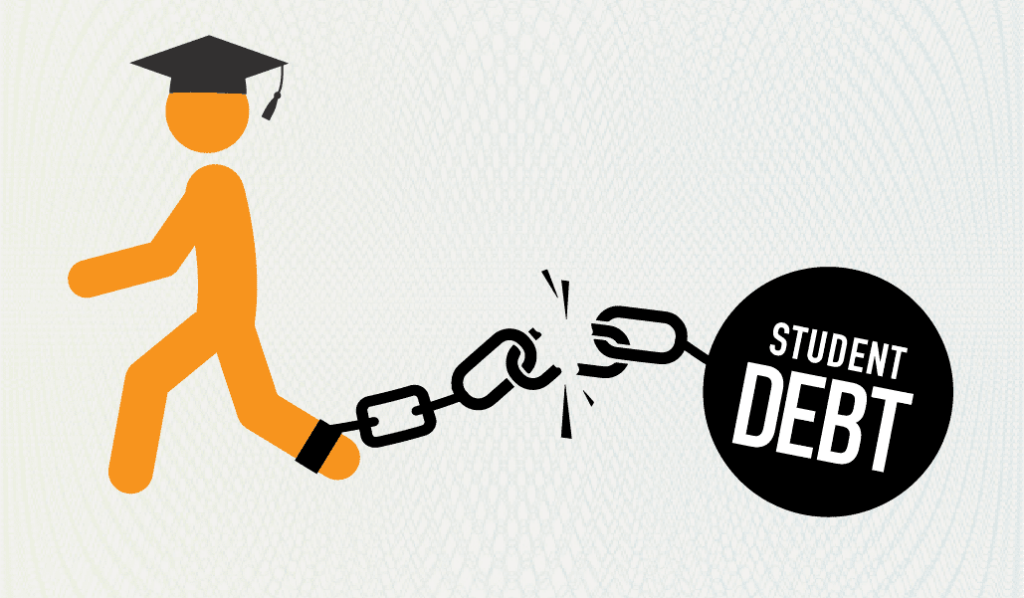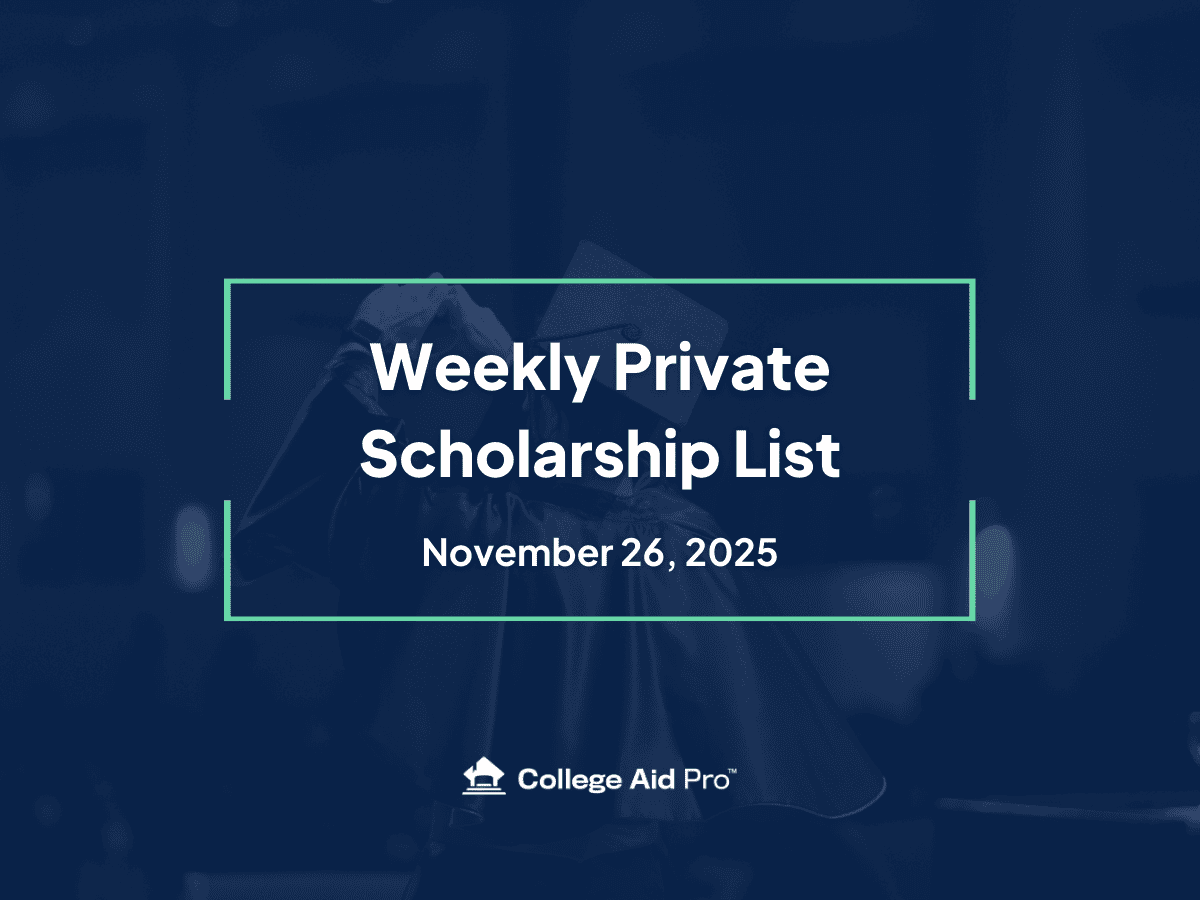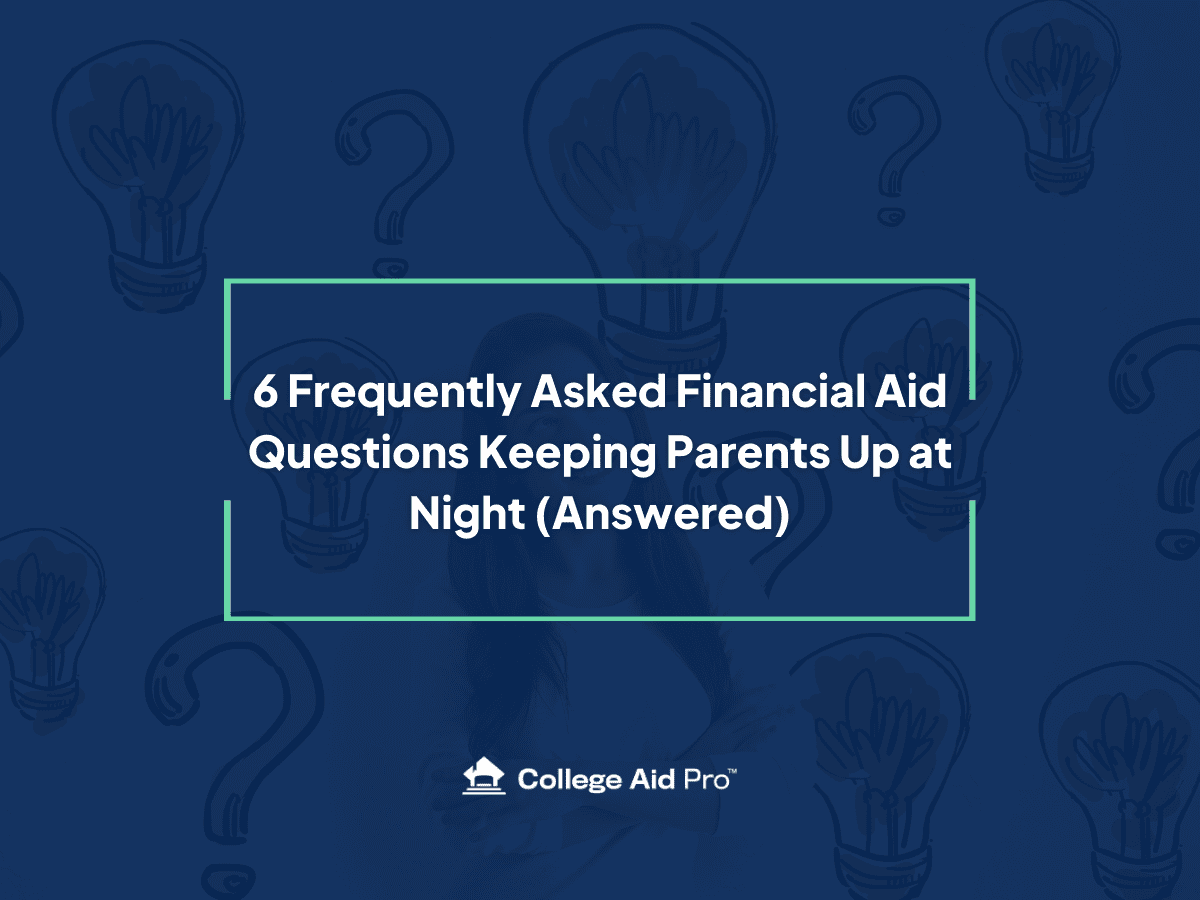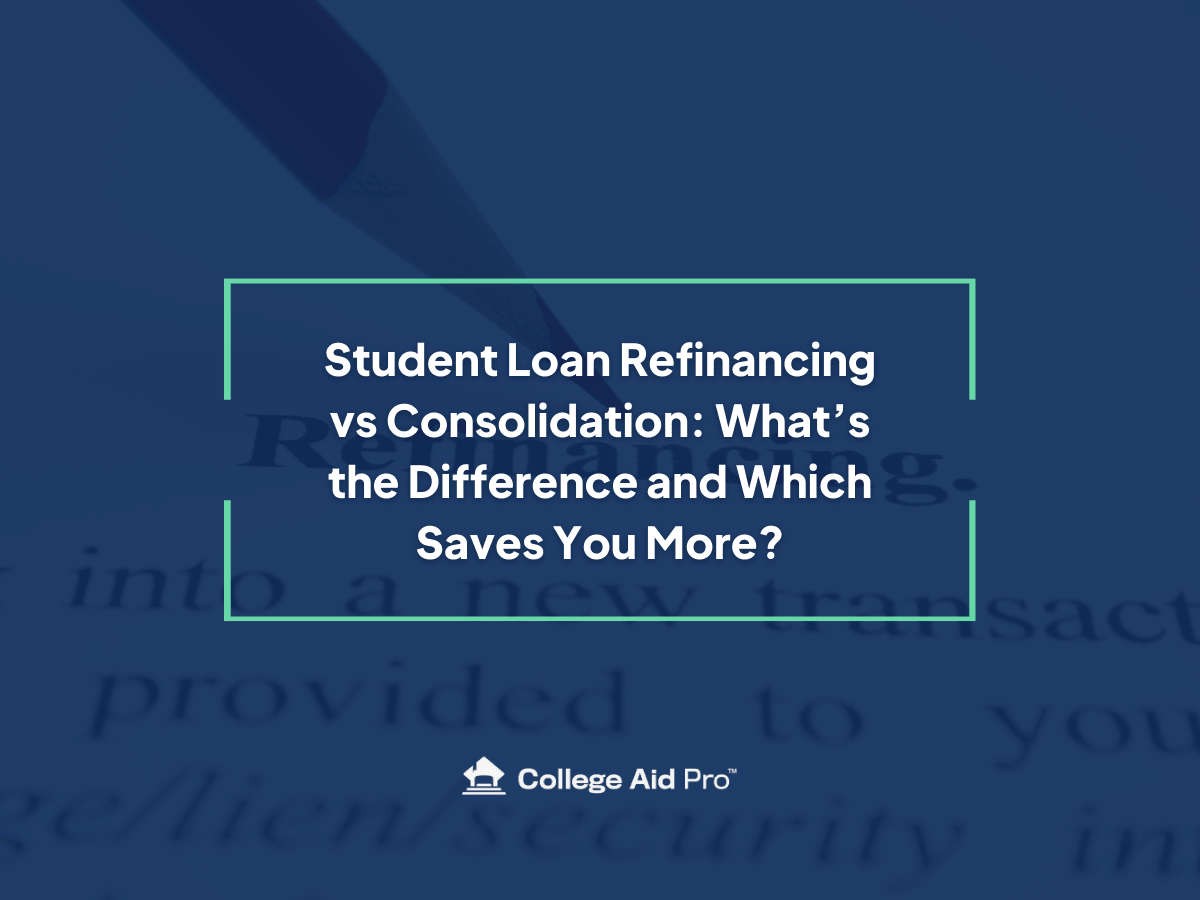🚨 Student Loan Collections Are Back! Here’s What You Need to Know
After five years of being in a student loan “time-out,” the U.S. Department of Education is finally hitting resume on student loan collections. Beginning May 5, 2025, the department will restart collections for loans that have been in default. If you’re one of the millions of borrowers who’ve been getting a free pass, now’s the time to pay attention. Here’s everything you need to know to avoid unpleasant surprises.
What You Need to Know: Federal student loan collections resume on May 5, 2025, after a COVID-related break.
🔔 The Clock Is Ticking: What Happens When Collections Resume?
So, what happens when collections kick back in? If you’re in student loan default, the Department of Education is going to start enforcing collections, and they’re not messing around. Through the Treasury Offset Program, they can garnish your wages, intercept your tax refund, and even withhold part of your Social Security benefits. Yikes!
Here’s what you should know: Collections will initially begin with tax refund offsets and Social Security benefits garnishment. If you don’t resolve your default status soon, expect wage garnishment to follow later this summer. That’s right—if your loans are in default, the government can take a chunk of your paycheck. No one wants that!
What You Need to Know: Wage garnishment and tax refund offsets are on the table for defaulted loans. Act before it’s too late!
📧 Heads Up: Expect Emails from the Department of Education
You’re not going to be left in the dark. The Department of Education will be sending out email notifications to anyone whose loans are in default. The good news? You have options to avoid these collections penalties. The department will provide guidance on how to rehabilitate your loans (with nine on-time payments over ten months) or switch to an income-driven repayment plan that adjusts your monthly payments based on your income.
Even better? You don’t have to navigate this process alone. You’ll be able to contact the Debt Resolution Group for help and advice. They’ll walk you through your options and help you figure out the best plan to get out of default without too much hassle.
What You Need to Know: You’ll get emails from the Department of Education explaining how to fix your defaulted loans. Don’t ignore them!
⚠️ The Dangers of Default: Why You Don’t Want to Ignore This
Ignoring your defaulted student loans could lead to a lot of headaches down the line. If you continue to let your loan status go unchecked, here’s what could happen:
- Wage garnishment: The government can take up to 15% of your wages.
- Tax refund interceptions: Your federal tax return could be snatched to pay down your debt.
- Social Security benefit cuts: If you’re receiving Social Security, a portion could be withheld.
- Credit score damage: Your credit will take a serious hit, making it harder to apply for future loans or even rent an apartment.
- Loss of eligibility for federal student aid: If you want to go back to school and get federal aid, your defaulted loan could prevent that.
All of this makes getting out of default as soon as possible crucial to your financial future.
What You Need to Know: Defaulting on student loans can ruin your credit, take your tax refund, and even mess with your future college plans.

🛠️ So, What Should You Do Now?
Okay, so what do you do now? It’s time to take action. Here’s the step-by-step game plan to get your loans back on track:
- Check your loan status: The first step is to see where you stand. You can easily find out if your loan is in default by logging into StudentAid.gov and checking your account.
- Contact your loan servicer: Once you know your loan status, get in touch with your loan servicer (the company managing your student loan). They can provide details about your default and help you explore your options, including loan rehabilitation or switching to an income-driven repayment plan.
- Explore your options:
- Loan rehabilitation: This process involves making nine voluntary, on-time payments within ten months. After completing the rehab process, your loan is considered “cured” and is removed from default.
- Income-driven repayment: If rehabilitation isn’t the right choice for you, you can switch to an income-driven repayment plan. These plans adjust your monthly payments to fit your income, making it easier to manage your debt.
- Stay informed: Keep an eye on your email inbox for messages from the Department of Education. These emails will guide you through the next steps to get out of default.
What You Need to Know: Check your loan status, contact your servicer, and explore rehab or repayment options to get back on track.
P.S. if you’re just getting started don’t count on repayment plans as part of your college funding strategy. Continue to get Peg and Matt’s takes on the current events of our education system of our College Podcast.
📞 Need Help? Don’t Worry, You’re Not Alone
If all of this feels overwhelming, you don’t have to figure it out by yourself. There are plenty of resources out there to help you. Consider reaching out to a financial advisor or a student loan expert who can help you navigate the next steps. They can provide personalized guidance, ensuring you make the right decision for your unique situation.
Many financial advisors, such as the Experts here at CAP, offer free consultations so don’t hesitate to take advantage of these services. The last thing you want is to let your loans linger in default, so take action as soon as you can.
What You Need to Know: You’re not alone in this! Reach out to experts for guidance on getting your student loans out of default.
🔑 Key Takeaways:
- Student loan collections resume on May 5, 2025, meaning the government will start collecting on defaulted loans.
- Defaulted loans can lead to serious financial consequences, like wage garnishment, tax refund interception, and even loss of eligibility for federal student aid.
- The Department of Education will send out emails with options to resolve your loan status, including rehabilitation and income-driven repayment plans.
- Act now—check your loan status, contact your servicer, and explore your options before collections hit.
What You Need to Know: Don’t wait—take action now to avoid penalties and get back on track with your student loan repayment!



